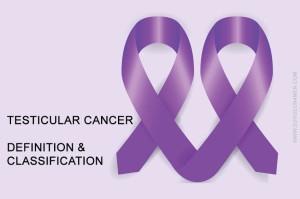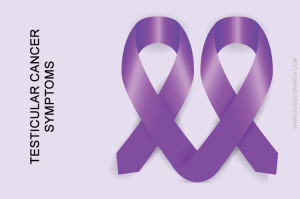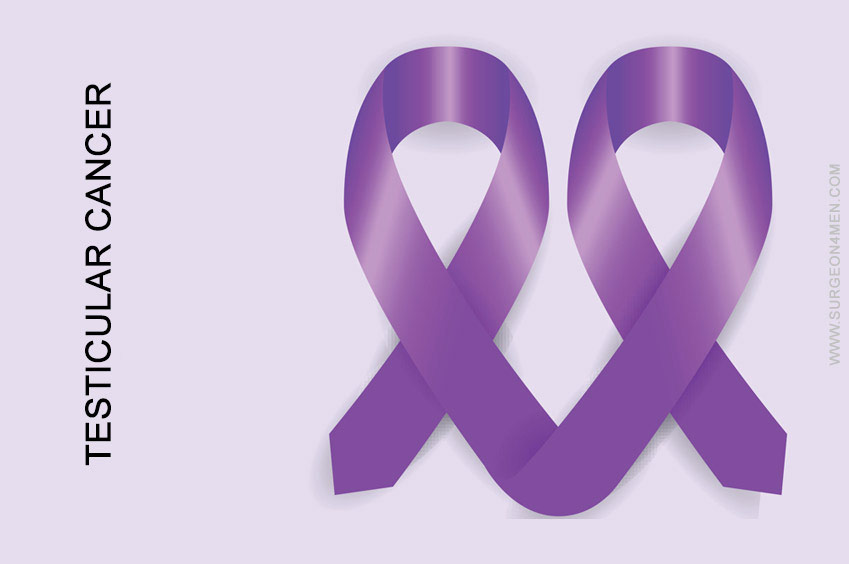Testicular Cancer | Causes and Risk Factors
In a normal, healthy, human being, cells grow, divide, and die in an orderly manner. However, when a person is suffering from cancer, the cells tend to grow in an uncontrolled way. Testicular cancer is characterized by an uncontrolled growth of cells in the testicular area. Testicles can be defined as two oval shaped male organs that are found inside the scrotum and are responsible for producing sperms. Testicular cancer is a rare form of cancer that affects men in the age group of 15 to 49 years. The most common form of testicular cancer is the germ cell testicular cancer. The germs cells are responsible for making sperms in men.
There are two types of germ cell tumors, namely, seminomas and non-seminomas. The seminomas grow at a slower pace than the non-seminomas. Lymphoma is another form of testicular cancer that affects men older than 50 yeas of age.
Causes and Risk factors for Testicular Cancer
 Though the exact causes of testicular cancer are not known, extensive research has enabled us to pinpoint specific risk factors that can increase the chances of developing testicular cancer. The main causes and risk factors for testicular cancer are listed below:
Though the exact causes of testicular cancer are not known, extensive research has enabled us to pinpoint specific risk factors that can increase the chances of developing testicular cancer. The main causes and risk factors for testicular cancer are listed below:
- Undescended testicle: One of the primary risk factors for testicular cancer is cryptorchidism, commonly known as undescended testicles. This condition is characterized by the failure of one or both the testicles to move from the abdomen to the scrotum before birth. Children born with this condition are at a higher risk of developing testicular cancer.
- Family history of testicular cancer: If a close family member (father or brother) has had testicular cancer, then it increases your chances of getting testicular cancer. A small percentage of men who have testicular cancer have a family history of the disease. The risk increases 4-5 times in men whose fathers have had testicular cancer.
- HIV infection: Men who have been infected by the human immunodeficiency virus (HIV) are at a greater risk of getting testicular cancer.
- Carcinoma in situ (CIS): Studies have also shown that carcinoma in situ (CIS) is often a precursor for the eventual development of testicular cancer. Almost half of the men who have CIS, which is untreated, will develop testicular cancer.
- Previous history of testicular cancer: The risk of developing testicular cancer is about 12-18 times higher in men who have previous history of testicular cancer. About 3-4% of the men who have had a tumor in one of the testicles will eventually develop cancer in the other testicle too.
 Age: It has been observed that younger men are at a greater risk of developing testicular cancer. Almost half of the cases of testicular cancer are reported in men who are between 20 to 34 years of age.
Age: It has been observed that younger men are at a greater risk of developing testicular cancer. Almost half of the cases of testicular cancer are reported in men who are between 20 to 34 years of age.
- Race and ethnicity: White men are 4-5 times more likely to develop testicular cancer than black men or Asian Americans.
- Body Size: Numerous studies have suggested that taller men are more likely to develop testicular cancer than shorter men. Men who are 190-194 cm tall are at a much higher risk for developing testicular cancer than men of average height. Men who are shorter than 170 cm are 20% less likely to develop this form of cancer.
- Smoking: Long term smokers are also at a higher risk of getting testicular cancer.
- Infertility: Men who are infertile are three times more likely to develop testicular cancer.
References:
- “Increasing Incidence of Testicular Cancer Worldwide: A Review” by Eric Huyghe, et al. Published in July 2003, Volume 170, Issue 1 of the Journal of Urology, accessed on 24 May 2015. Retrieved from: http://dx.doi.org/10.1097/01.ju.0000053866.68623.da

